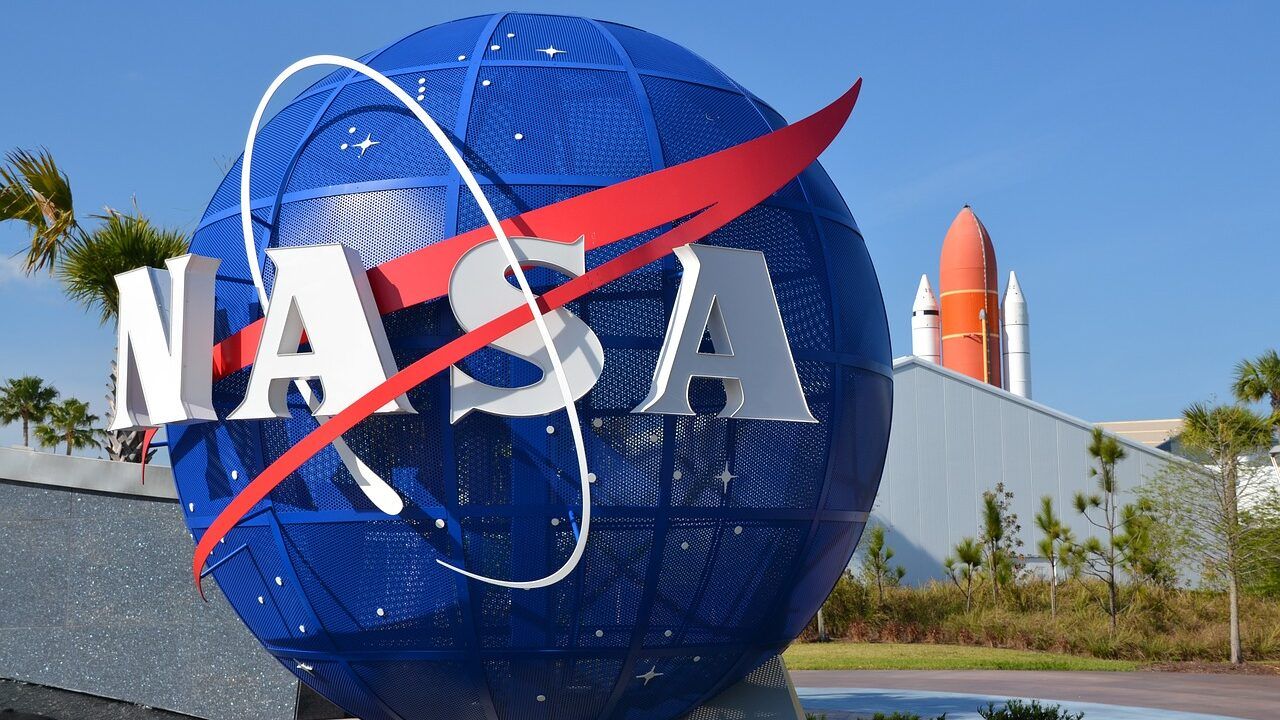NASA Launching Streaming Service That No One Asked For
By Charlene Badasie |
NASA is launching its own streaming service called NASA+. The platform is part of the space agency’s efforts to enhance its digital presence and will offer a wealth of content. A beta version of the new website was revealed on July 28, giving users a glimpse of what they can expect from the organization’s content-focused redesign.
NASA will soon launch its own free streaming service, NASA+.
“We’re putting space on demand and at your fingertips with NASA’s new streaming platform,” Associate Administrator of the Office of Communications at NASA Headquarters, Marc Etkind, said via ComicBook.com. “Transforming our digital presence will help us better tell the stories of how NASA explores the unknown in air and space, inspires through discovery, and innovates for the benefit of humanity.”
Like NASA TV, the agency’s current programming outfit, NASA+, will be free to access. The service will be available on various streaming platforms, including iOS and Android devices, as well as popular streaming hardware boxes such as Roku, Fire TV, and Apple TV. Additionally, the streamer will be accessible through web and mobile browsers.
NASA’s revamped web experience will serve as a central hub for comprehensive details on the agency’s missions, research, climate data, and Artemis updates, among other topics. Both nasa.gov and science.nasa.gov websites will offer a theme-driven approach, featuring a unified search engine and integrated navigation to enhance user accessibility and exploration.
Nicky Fox, Associate Administrator of the Science Mission Directorate, emphasized that the streaming service will feature a wide range of content, including exoplanet research, understanding Earth’s climate, studying the Sun’s influence on our planet, and exploring the solar system.
“Transforming our digital presence will help us better tell the stories of how NASA explores the unknown in air and space, inspires through discovery, and innovates for the benefit of humanity.” -Marc Etkind, NASA Associate Administrator of the Office of Communications
The new science and flagship websites, along with upcoming NASA+ videos, will present discovery programs in an interdisciplinary manner, fostering stronger connections with visitors and viewers. Additionally, the streamer will be ad-free and family-friendly, offering the agency’s regular programming along with Emmy-winning live broadcasts focusing on its various missions.
Jeff Seaton, the Chief Information Officer at NASA’s headquarters in Washington, envisions inspiring humanity through a unified, world-class web experience. According to Seaton, the modernization of the agency’s websites and streamlining the public’s engagement with online content are crucial steps in making the agency’s information more accessible, discoverable, and secure.
NASA TV
To date, NASA TV has been the official television service of the National Aeronautics and Space Administration, offering comprehensive live coverage of launches, spacewalks, and other mission events, as well as news briefings and video files. The service operates three channels. The Public Channel caters to the public with 24-hour broadcasting of live or recorded events and documentaries.
NASA TV
The Media Channel provides b-roll footage for news and media outlets, and the Education Channel offers special programming tailored for schools. As a service of the federal government of the United States, NASA TV programming is considered in the public domain. The diverse range of events covered on the channel makes it a valuable resource for space enthusiasts.
The NASA TV website already offers live streaming of events and a schedule of upcoming broadcasts. NASA Live and SpaceTV.net are also viable platforms, providing live streaming and coverage of various space events and activities.
How the new streaming service will differ from the pre-existing platforms is unclear. However, considering the agency’s emphasis on modernization and content streamlining, the interface will probably resemble familiar streaming platforms viewers are accustomed to using.
Source: Giant Freakin Robot


